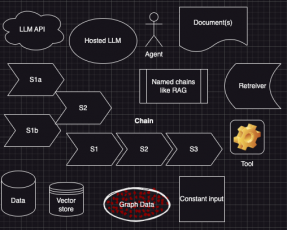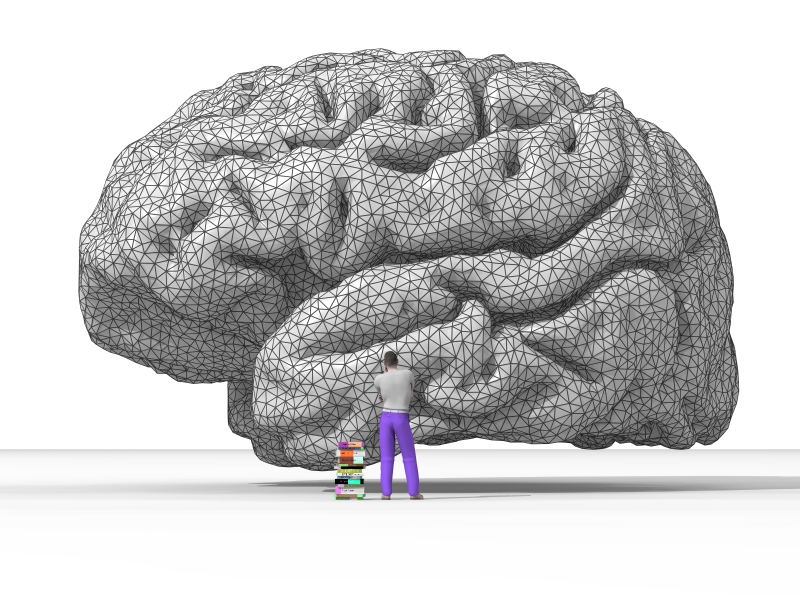About Me
Translational research in health IT is my passion.

Bell Eapen MD, PhD.
Digital Health & Gen AI ConsultantI am Bellraj (Bell) Eapen, a techie MD (dermatologist) with a PhD in Information Systems from McMaster University. As an R&D lead engineer at Mayo clinic, I specialize in cloud architecture for Gen AI and multimodal machine learning using FHIR.
I maintain several software libraries on GitHub. I facilitate the adoption of Generative AI and FHIR in healthcare organizations. As a consultant, I deliver prototypes & models instead of reports and recommendations!
Checkout my GitHub repo and Contact Me for your next project!
I maintain several software libraries on GitHub. I facilitate the adoption of Generative AI and FHIR in healthcare organizations. As a consultant, I deliver prototypes & models instead of reports and recommendations!
Checkout my GitHub repo and Contact Me for your next project!
Services
Things that I work on.
Deploy healthcare machine learning pipelines on the cloud
Facilitate ML and AI research in healthcare
Chatbot & Conversational AI for clinical workflows
Design AI applications that fits enterprise architecture
Data warehousing and health data analytics for healthcare (FHIR & OHDSI OMOP)
Customize OSCAR, OpenMRS, DHIS2 and RedCap






Social